Journeyman by Eric Clapton
Buy Journeyman The 1980s seemed to have been a time for old time rockers to make incredible (albeit short) comebacks after several years in the wilderness. This was case with Paul Simon’s Graceland, […]
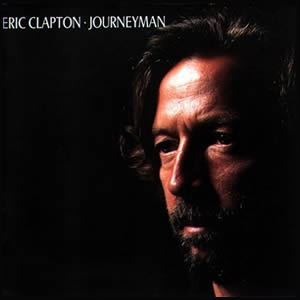
Buy Journeyman The 1980s seemed to have been a time for old time rockers to make incredible (albeit short) comebacks after several years in the wilderness. This was case with Paul Simon’s Graceland, […]
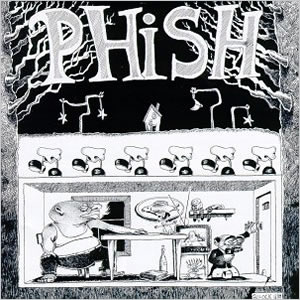
Buy Junta Originally released only on cassette, Junta by Phish, defies almost every convention for debut albums. The album was independently recorded and produced by the Vermont-based group but contains top-notch sound to […]
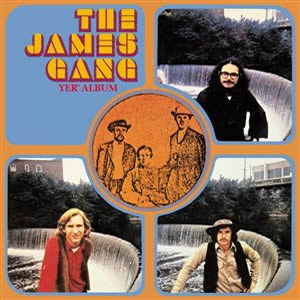
Buy Yer Album Yer’ Album is the debut album by James Gang, displays this power trio’s genius and raw power through the compositions but also shows their lack of recording experience due to […]
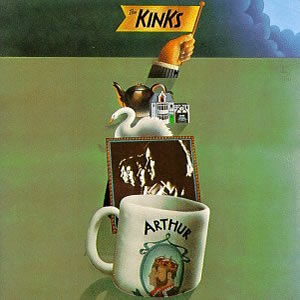
Buy Arthur (or the Decline and Fall of the British Empire) Although The Kinks were part of the first wave of British artists to break through following the Beatles, they were never really […]
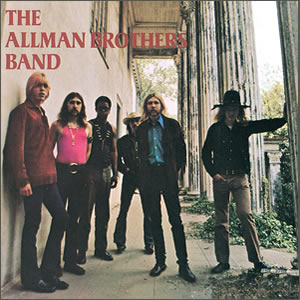
Buy The Allman Brothers Band As a group that became known for their live performances, The Allman Brothers Band did put out a handful of excellent studio albums. The first of these was […]
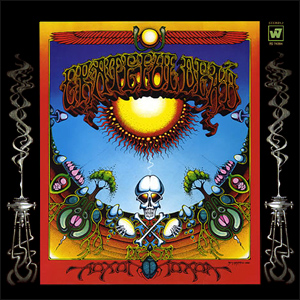
Buy Aoxomoxoa Aoxomoxoa is the third studio album by Grateful Dead and, perhaps, the one most dominated by lead guitarist and vocalist Jerry Garcia. Created under the working title of “Earthquake Country” (because […]
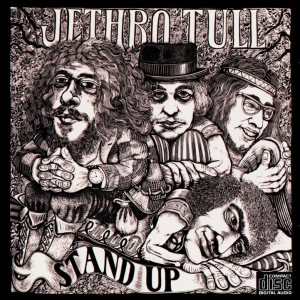
Buy Stand Up 1969’s Stand Up is an early classic by Jethro Tull. The album was produced in the wake of a splitting of musical directions, as the band’s original guitarist Mick Abrahams […]
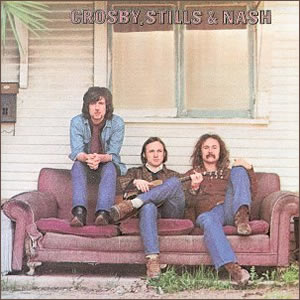
Buy Crosby, Stills & Nash Crosby, Stills & Nash is an extremely rich and influential debut album from the “super group” of the same name. The trio of vocalists / guitarists which forged […]
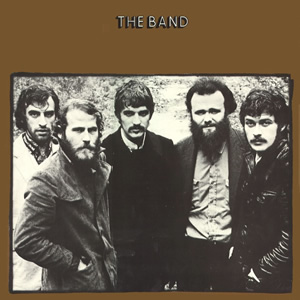
Buy The Band As a perfect counterpart to Music from Big Pink, their 1968 debut album, The Band embarked on part two of their new musical, North American roots journey with their eponymous […]
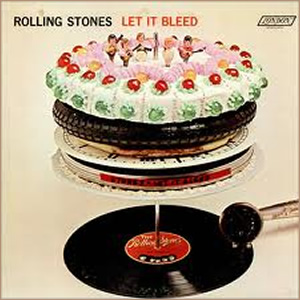
Buy Let It Bleed The middle release of the three greatest Rolling Stones albums, Let It Bleed finished the decade of the 1960s with a mostly solid blues/rock effort which contains a pop/rock […]